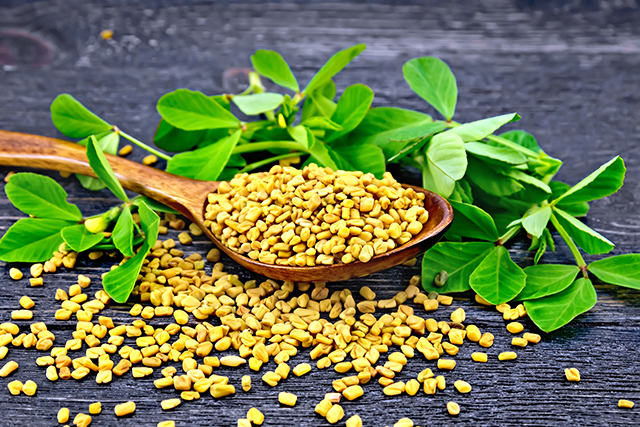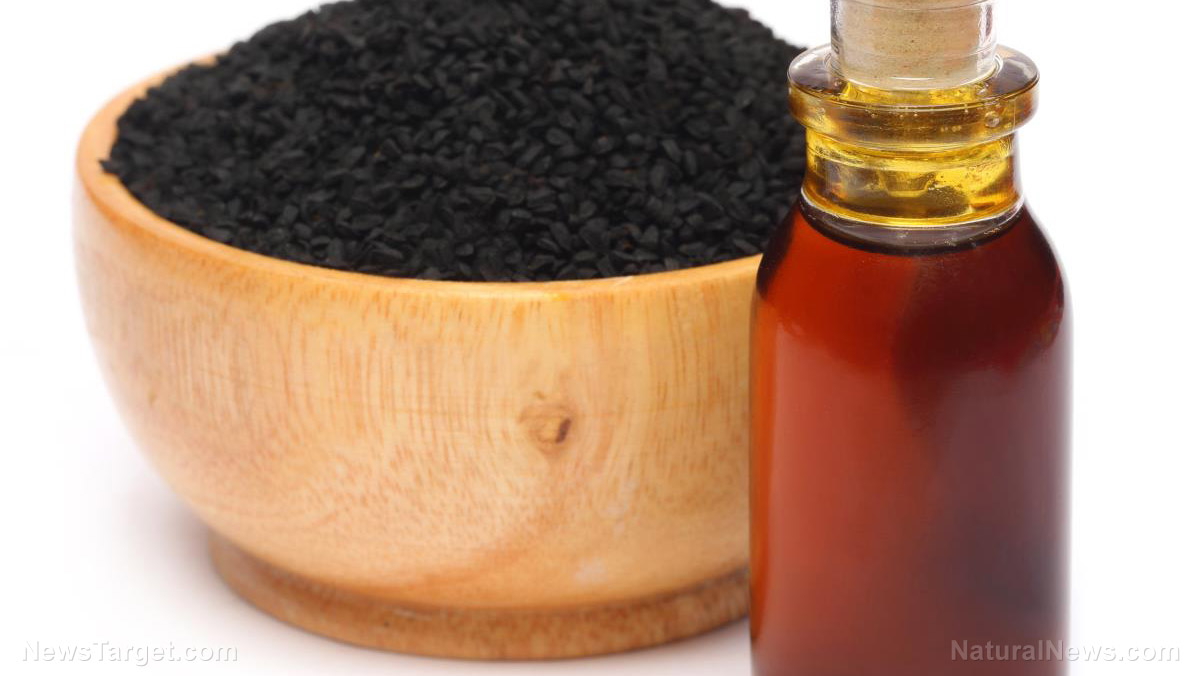
Advertisement
Fiber helps lower blood sugar levels and improve gut bacteria, according to a study published in the journal Science. The study, led by researchers at Rutgers University, New Brunswick (RUNB), found that people with Type 2 diabetes who followed a diet rich in fibers had a greater reduction in blood sugar levels.
In the study, the researchers divided the participants into two groups, the treatment group and the control group. The treatment group followed a diet that included whole grains, traditional Chinese medicinal foods rich in dietary fibers, and prebiotics. On the other hand, the control group underwent standard patient education and followed a diet of similar energy content and macronutrient composition. The experiment lasted for 12 weeks.
Results revealed that Type 2 diabetes patients who followed a fiber-rich diet showed greater reductions in blood sugar levels after 12 weeks, compared to the control group. Moreover, 89 percent of the participants in the fiber-rich diet group attained adequate glycemic control, compared to 50 percent in the control group.
The fiber-rich diet also enhanced a certain group of bacterial strains that increased short-chain fatty acid (SCFA) production. The SCFA-promoting strains caused better glycemic control, partially by increased glucagon-like peptide-1 (GLP-1) and fasting PYY peptide. The presence of the GLP-1 and PYY peptide hormones is known to prompt the production of insulin, resulting in better glucose control.
“When the fibre-promoted SCFA producers were present in greater diversity and abundance, participants had better improvement in haemoglobin A1c levels, partly via increased glucagon-like peptide-1 production,” said Liping Zhao, lead author of the study and professor at RUNB.
Furthermore, fifteen out of the 141 bacterial strains SCFA producers revealed to multiply in response to the high-fiber diet. In addition, not all strains from the same bacterial species were “positive responders” to the diet because five of these 15 strains were butyrate producers. The researchers observed that increased number “positive responder” bacterial strains also decreased the amount of two harmful metabolites indole and hydrogen sulphide (H2S). Production of indole was linked with defective tryptophan metabolism and damaged serotonin synthesis, while H2S was found to be involved in the development of Crohn’s disease, ulcerative colitis, and colorectal cancer.
The researchers concluded that fiber-rich diets, which promote SCFA-producing strains of bacteria, could provide new ways for Type 2 diabetes treatment and other conditions linked to microbiota imbalances. (Related: Fiber found to be an underutilized treatment for type-2 diabetes.)
More on dietary fiber
Dietary fiber is primarily found in fruits, vegetables, whole grains, and legumes, and is great for preventing or relieving constipation. Fiber, unlike fats, proteins, and carbohydrates, is not digested by the body. Instead, it passes through the stomach, small intestine, and colon, and out of the body. Women are recommend to consume 21 to 25 g of fiber daily, while the recommended daily fiber intake for men is 30 to 38 g.
There are two types of fiber – soluble and insoluble. Soluble fiber dissolves in water to form a gel-like material. It is obtained from oats, peas, beans, apples, citrus fruits, carrots, barley, and psyllium. Soluble fiber can help lower blood cholesterol and sugar levels. On the other hand, insoluble fiber enhances the movement of material through the digestive system and increases stool bulk. This, in turn, helps relieve constipation or irregular stools. Foods rich in insoluble fiber include whole-wheat flour, wheat bran, nuts, beans and vegetables, such as cauliflower, green beans, and potatoes.
However, it is important to avoid adding too much fiber too quickly because it can cause intestinal gas, abdominal bloating, and cramping. Instead, increase fiber intake gradually over a period of a few weeks to let the natural bacteria in the digestive system to adjust to the change. In addition, drink lots of water because fiber works best when it absorbs water.
Read more news stories and studies on diets best for diabetes patients by going to DiabetesScienceNews.com.
Sources include:
Advertisements







